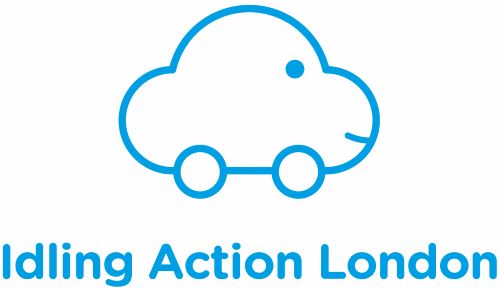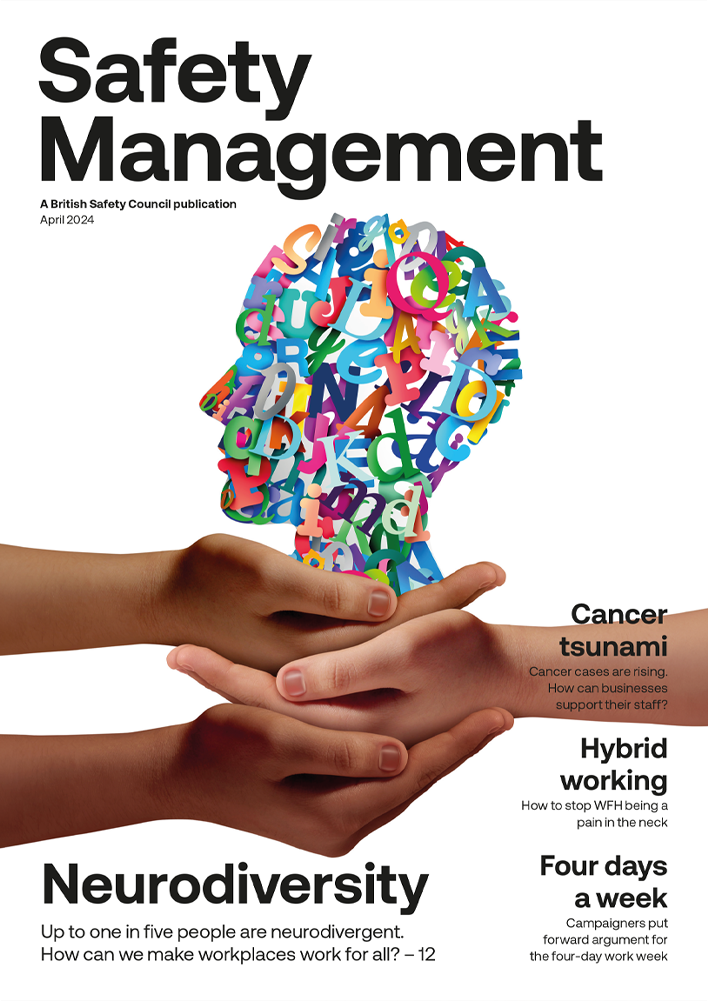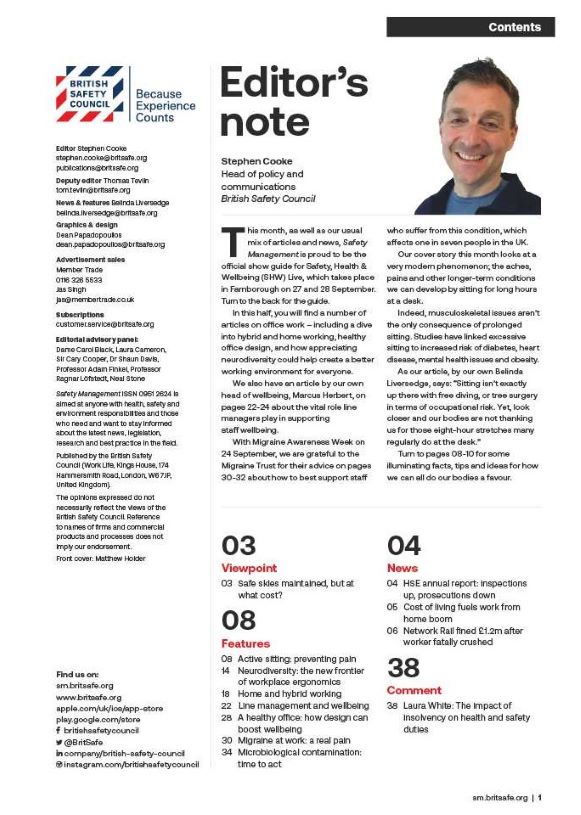Before the coronavirus outbreak, health and safety was often seen as additional ‘red-tape’. Now, employees returning to work after having been told by the government to stay at home for their own safety will have increased health and safety concerns.
Opinion
How to avoid the legal pitfalls
This will change the employee and employer relationship, requiring employers to adapt their management style and ways of working and thinking. Here are five ways employers can prepare for this new working environment and avoid legal pitfalls.
- Adopt a collaborative approach
Employee perception is key, so employers will need to demonstrate that they take the health and safety of their workers seriously and will work with them to achieve a desirable safe workplace. Employers should be open and transparent with their assessments of health and safety in the workplace, and be clear in their communications. As part of this process, employers should encourage and facilitate feedback and communications from their workforce.
- Ensure clarity and structure
To ensure employee engagement and avoid employment tribunal claims when business resumes, employers will want to ensure their health and safety policies are clear, unequivocal and up-to-date. To avoid any unnecessary mistakes or misinterpretation, employees will also need to know where they can find those policies, and what they say.
Coronavirus has not gone away, so protections around sick workers will need to be particularly robust and well-defined. This includes mental health as much as physical health: employers should make sure that their employees feel able to stay out of work if they are sick, do not feel overburdened by workload, and do not feel a need or an obligation to remain working beyond their contracted hours.
- Enable flexible working
Anyone who has had 26 weeks’ continuous service may lawfully request a flexible working arrangement, and it is hard to see how employers can reasonably refuse such requests for those who have successfully demonstrated that they can work from home.
Time will tell to see how respective sectors handle this, but we might be on the brink of a significant culture-shift away from the traditional 9-to-5 office-based working life, and into a much more fluid and flexible system. While in the short-term flexi-furloughing may allow a gradual return to work for some staff, employers should take this wider culture change into account when planning for the longer term, after the job retention scheme ends in October.
- Beware of discrimination claims
Employers will need to be flexible and accommodating of their workforce’s needs as they return to the workplace.
They should listen to them carefully, or risk opening themselves to indirect discrimination claims, for example, if selecting for redundancy those employees unwilling to return to the workplace due to childcare and other responsibilities, or requiring employees with specific health requirements who might be more vulnerable to Covid-19 to return to their place of work.
 Richard Thomas, employment lawyer at Capital Law
Richard Thomas, employment lawyer at Capital Law
- Carry out regular risk assessments
Employers will need to regularly carry out proper risk assessments, to identify the evolving risks to staff, visitors and other third parties. Moving to ongoing health and safety assessments, as opposed to one-off reports, will require a change in many employers’ mindsets.
Activities that might cause transmission of the virus, employees at risk, likelihood of exposure and under what circumstances, should be reviewed and highlighted, so that measures can be implemented to remove, manage or mitigate this risk.
As part of the new collaborative approach, employers will also need to share the results of those risk assessments with their workforce and listen to any concerns raised.
Richard Thomas is employment lawyer at Capital Law
OPINION

ISO mental health standard needs a multi-disciplinary approach
By Phil Newton, Pinsent Masons LLP on 01 April 2022

Why your business should act on engine idling
By Jack Alexander, project officer, Idling Action London on 01 October 2021

The air we breathe is all our business
By Nicky O’Malley, director of corporate partnerships, Global Action Plan on 01 June 2023
Businesses have a vital role to play in improving air quality – and the UK’s Clean Air Day on 15 June is a great opportunity for companies to begin or renew their efforts in this area.



